Balancing the Dual Forces of Inspiration: Where Neuroscience Meets Nietzsche
What role does daydreaming and structure play in artistic innovation?
Hey there Drawn-to-Lifers ✨✨✨
Welcome to part 5 of my research series on where inspiration comes from and how to cultivate an inspired, creative lifestyle purposefully. So far, we have laid the foundation for what inspiration is, explored where inspiration sits in the creative process, and examined the link between suffering, sensitivity, and inspiration. (Do I admit that I am a few days late? You probably were waiting by your computer for this email 🥹)
Ready for more? (I hope the answer is yes!)
Neuroscience researchers have uncovered that inspiration arises from the intricate interplay between two distinct brain networks: the default network, which activates during daydreaming and mind wandering, and the executive network, which oversees high-level conscious tasks. Evidence suggests that “creative thought may rely on functional coupling of brain regions associated with cognitive control and spontaneous thought”. 1
Dualities of the creative process can also be seen in German philosopher Friedrich Nietzsche’s “Birth of Tragedy,” in which he contrasts the Apollonian and Dionysian elements in Greek tragedies, highlighting the tension between rationality/order and instinct/chaos in creating art. 2 The duality between Apollonian and Dionysian aspects of inspiration reflects contrasting creative forces. The Apollonian approach to art represents a calm, reasoned, and structured form, while Dionysian is a profoundly emotional and ecstatic state.
Nietzsche explains that there is a contrast between structured and rational thinking and emotional, instinctive expression in creating art.3
You need both sides to make good art.
Exploring inspiration also delves into two distinct inspirational experiences: one requiring "a direct willful engagement" and the other involving a "wakeful, open stillness.” 4 In essence, inspiration is sometimes a passive occurrence and sometimes an active engagement.
The studies discussed revealed an important theme: The interplay between structured elements and emotional depth can yield profound insight.
By explicitly exploring how tension exists between these two opposing forces, finding inspiration can likely be cultivated when there is balance.
Recognizing the synergy between these opposing forces allows for a comprehensive exploration of inspiration, encompassing intentional effort and mindful observation. While inspiration pervades our surroundings, honing the ability to perceive it requires practice and attentiveness.
Daily drawing is an example of willful engagement in my practice.5 I willfully engage in the activity to cultivate a drawing habit, become more receptive, and hone visual problem-solving skills.
A wakeful stillness might require me to sit back and reflect on my drawings by editing them or playing with textures and materials.6
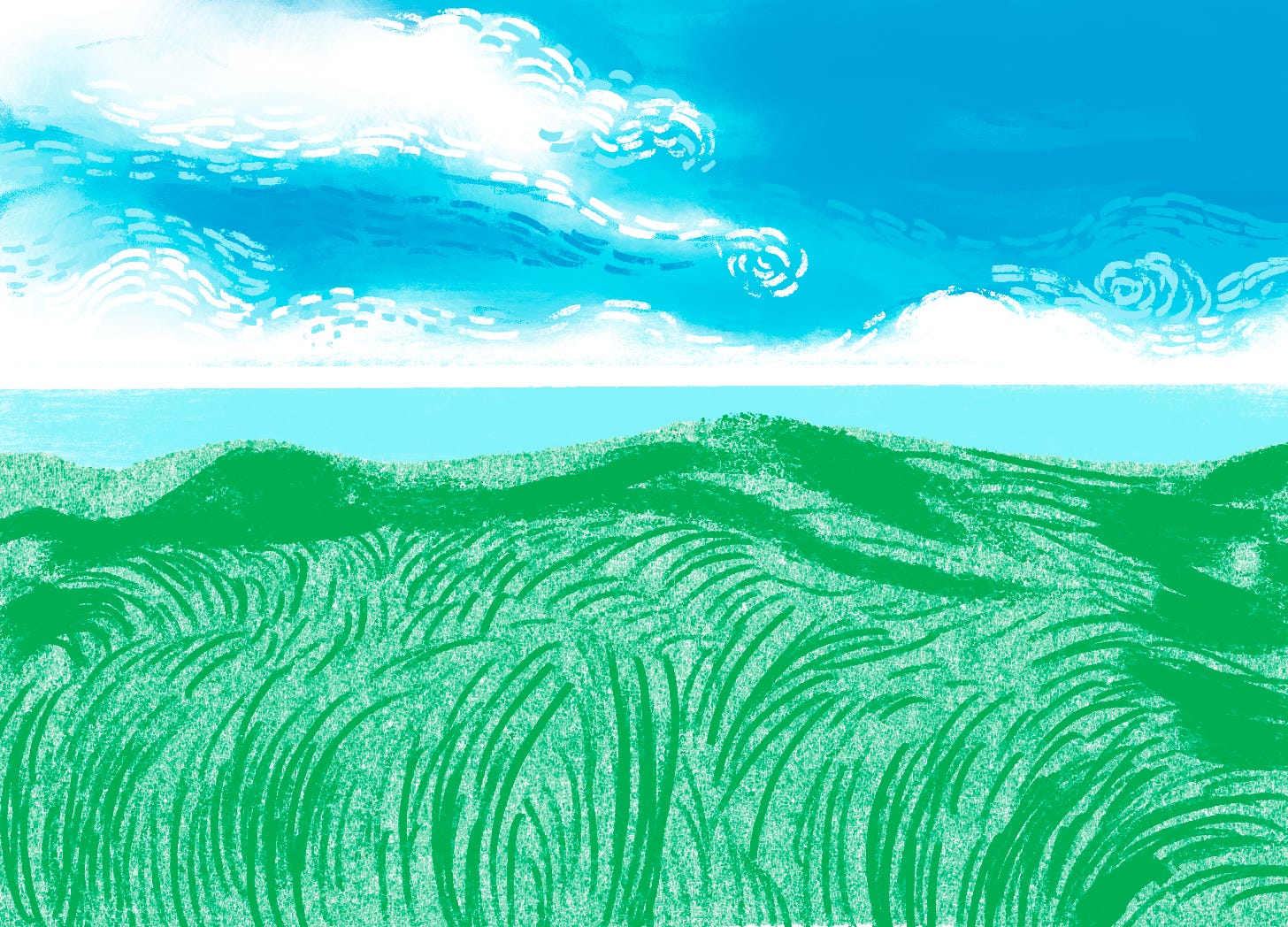
Navigating these dualities allows for a nuanced exploration of where inspiration comes from and how disciplined, rational thinking and free, unrestrained expression contribute to generating novel ideas.
The rest of this research series is dedicated to thoroughly exploring these opposing forces that underlie the creative process. Thank you for reading, stay inspired ✨
BEATY, Roger E., Mathias BENEDEK, Scott BARRY KAUFMAN and Paul J. SILVIA.2015. “Default and Executive Network Coupling Supports Creative Idea Production.” Scientific Reports 5(1).
NIETZSCHE, Friedrich. 1995. The Birth of Tragedy. New York: Dover Publications
Nietzsche was referring to German art at the time, but for all intents and purposes of this mini-essay, I wanted to keep the interpretation broad to serve my creative interests 😁
HART, Tobin. 1998. “Inspiration: Exploring the Experience and Its Meaning.” Journal of Humanistic Psychology 38(8), 7–35.
Wakeful stillness when drawing might look like a reflection. What works well? What didn’t? I have found that this also might involve playing with colors or textures. In this approach, the outcome is less important than the overall process.
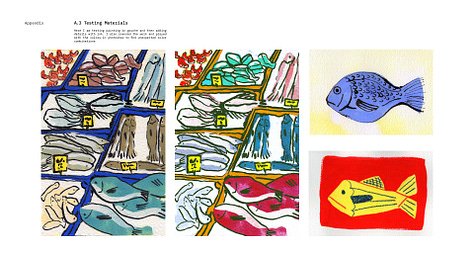
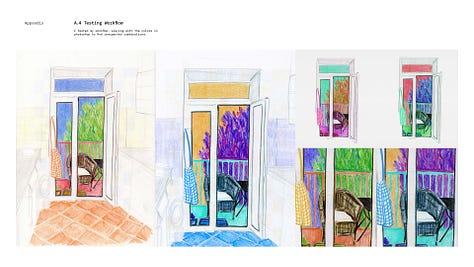
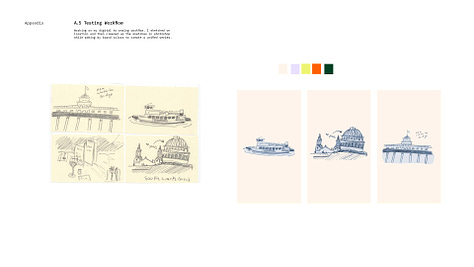





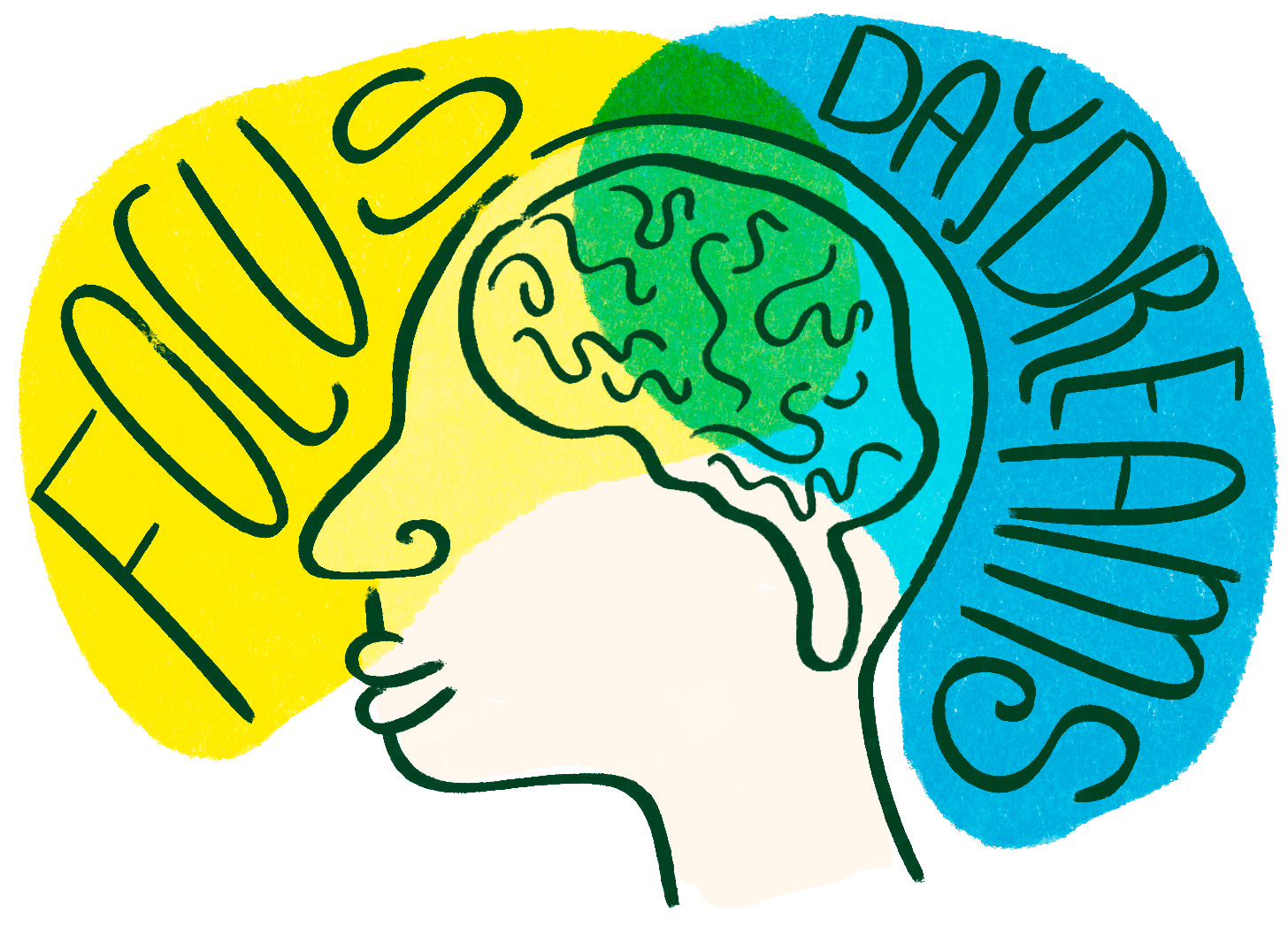
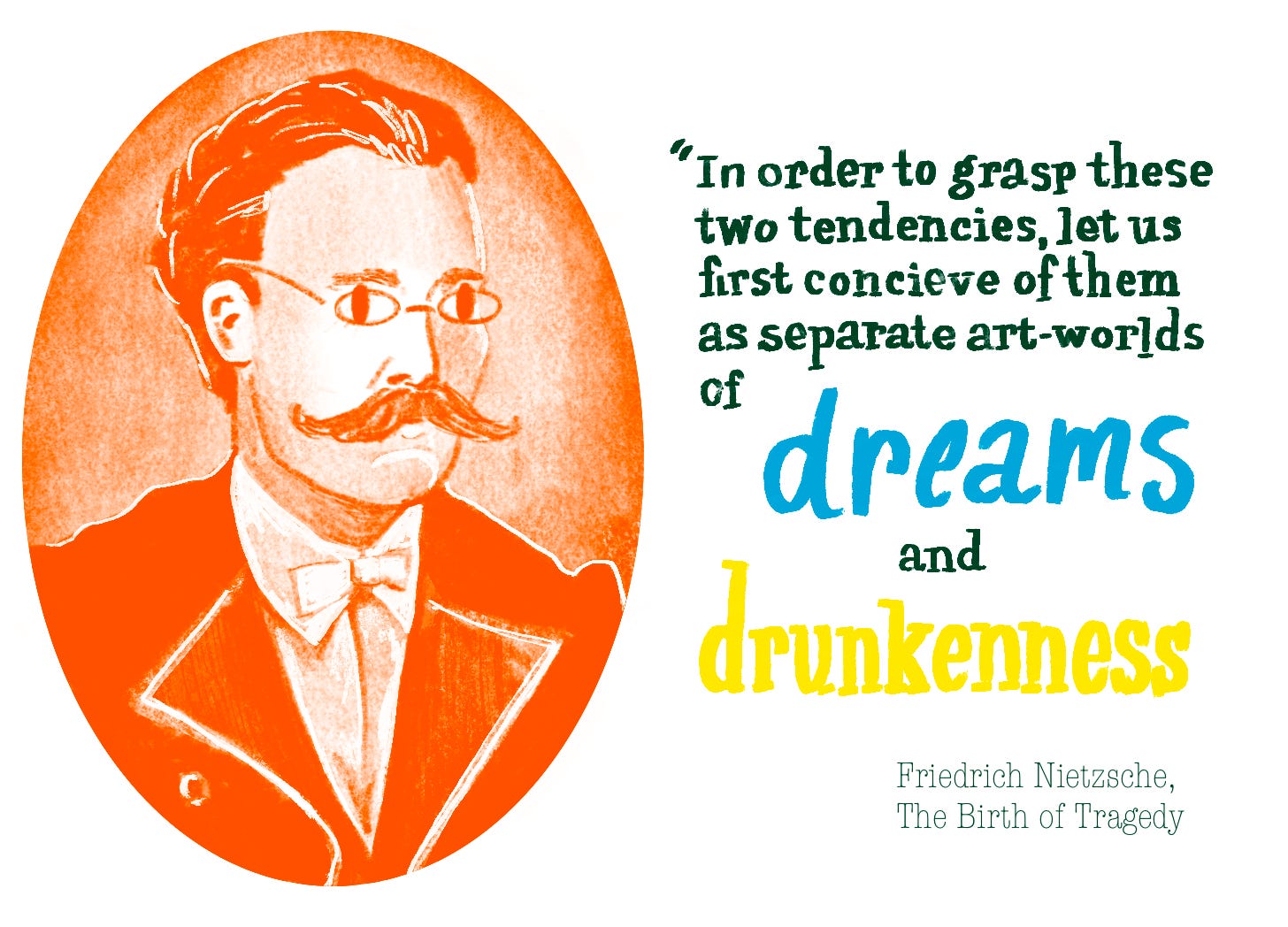
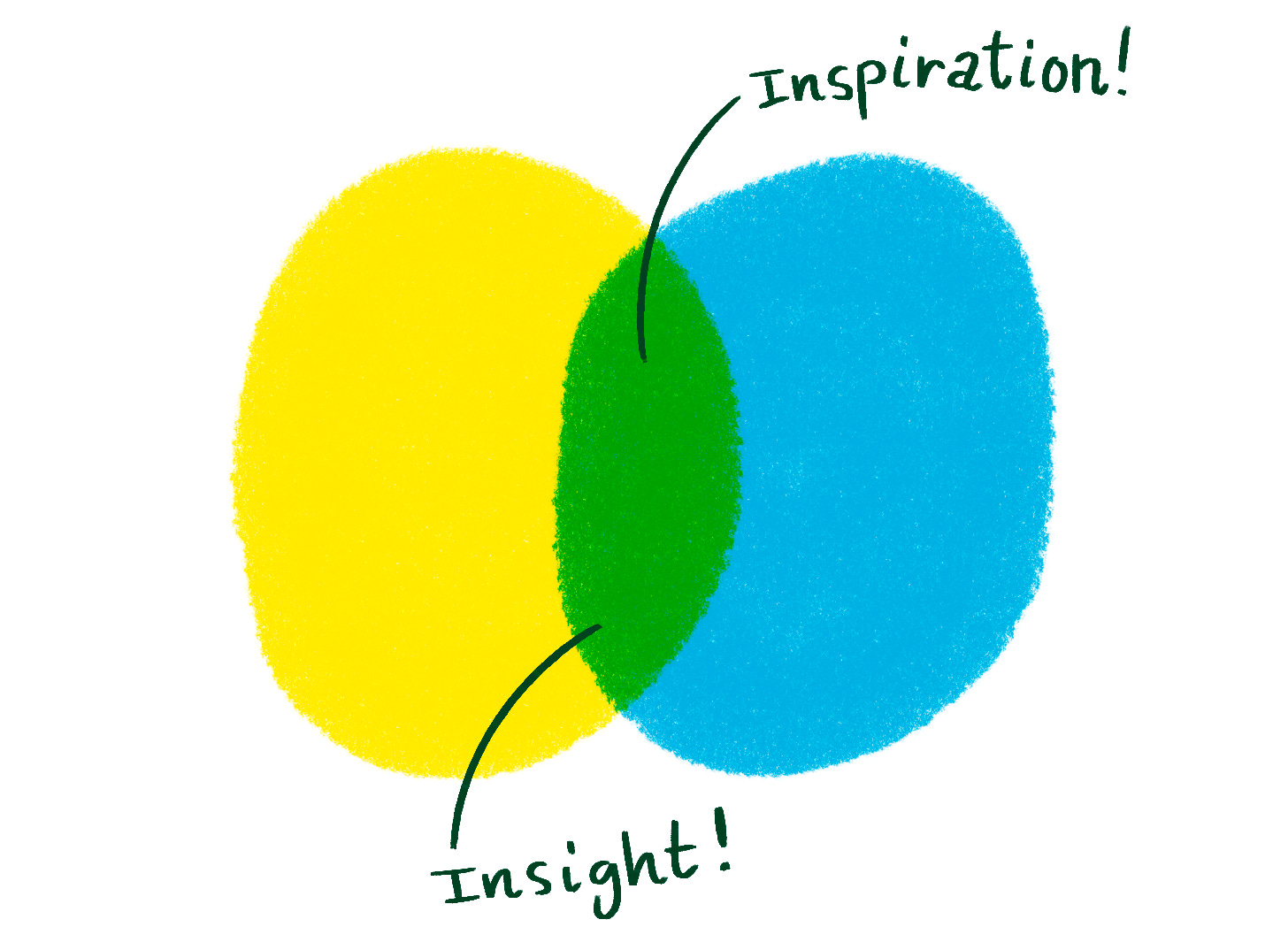
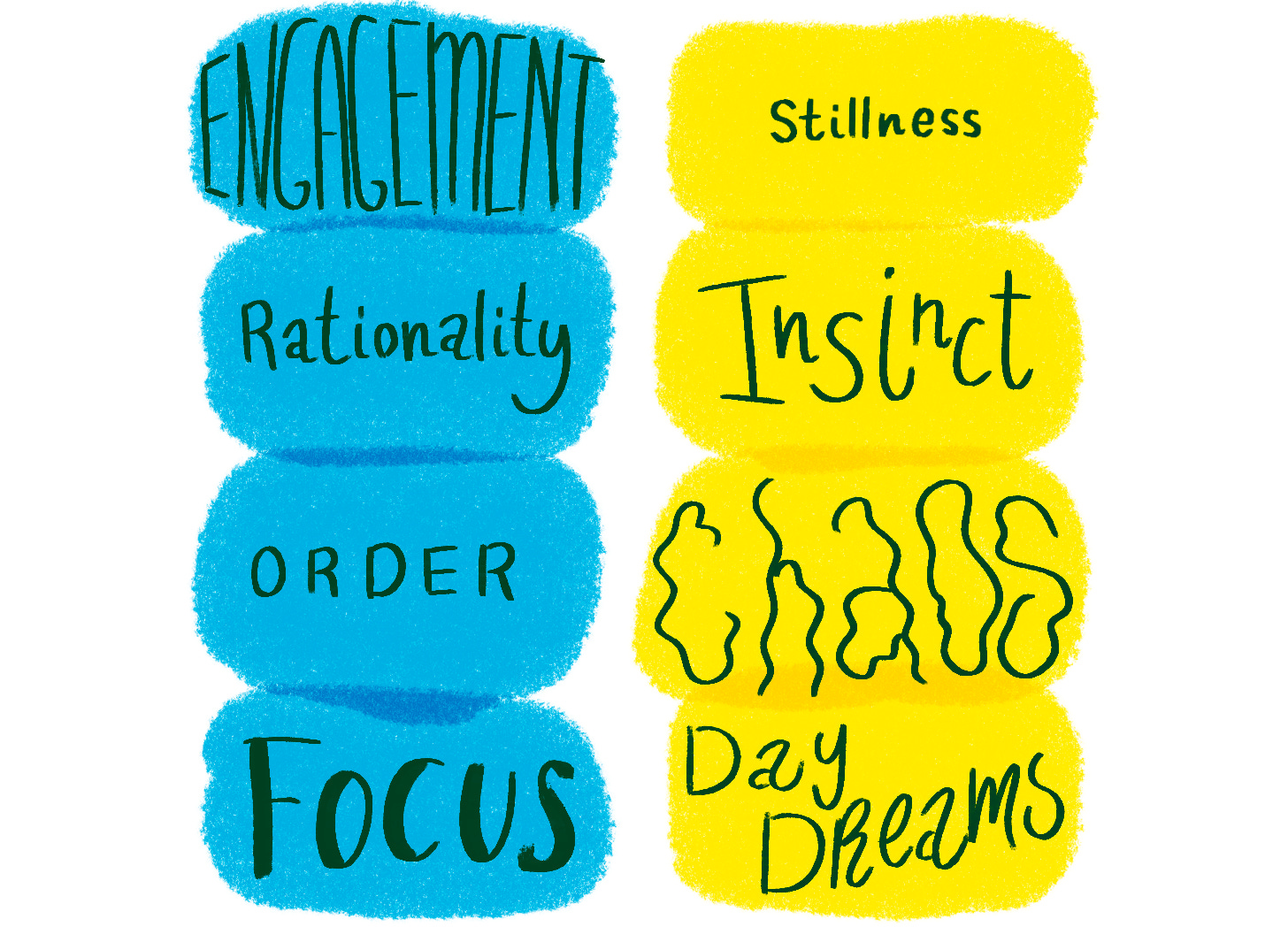
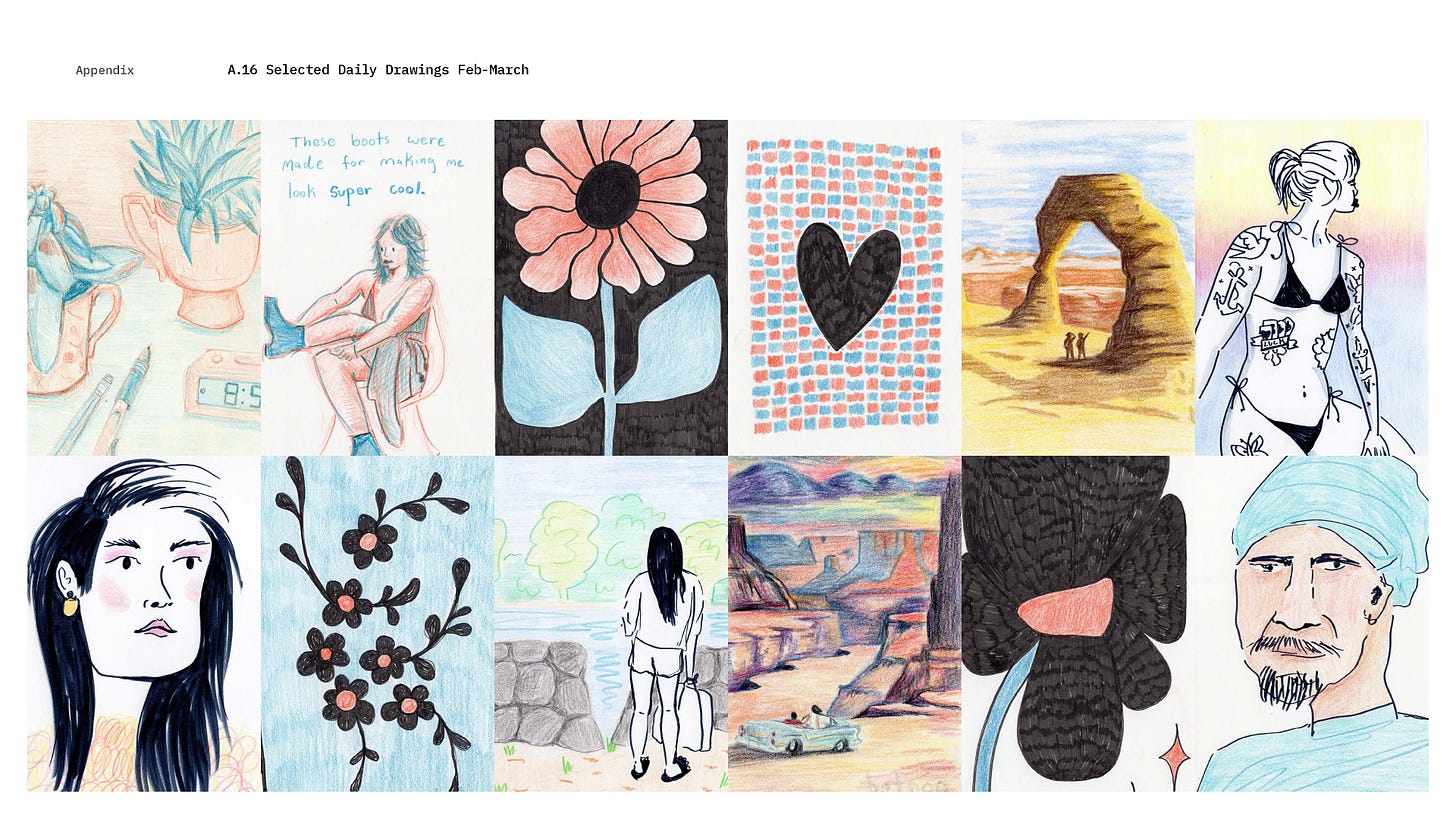
A very inspiring read, thank you Madelynn ☺️ and I love the images you included in your mini-essay